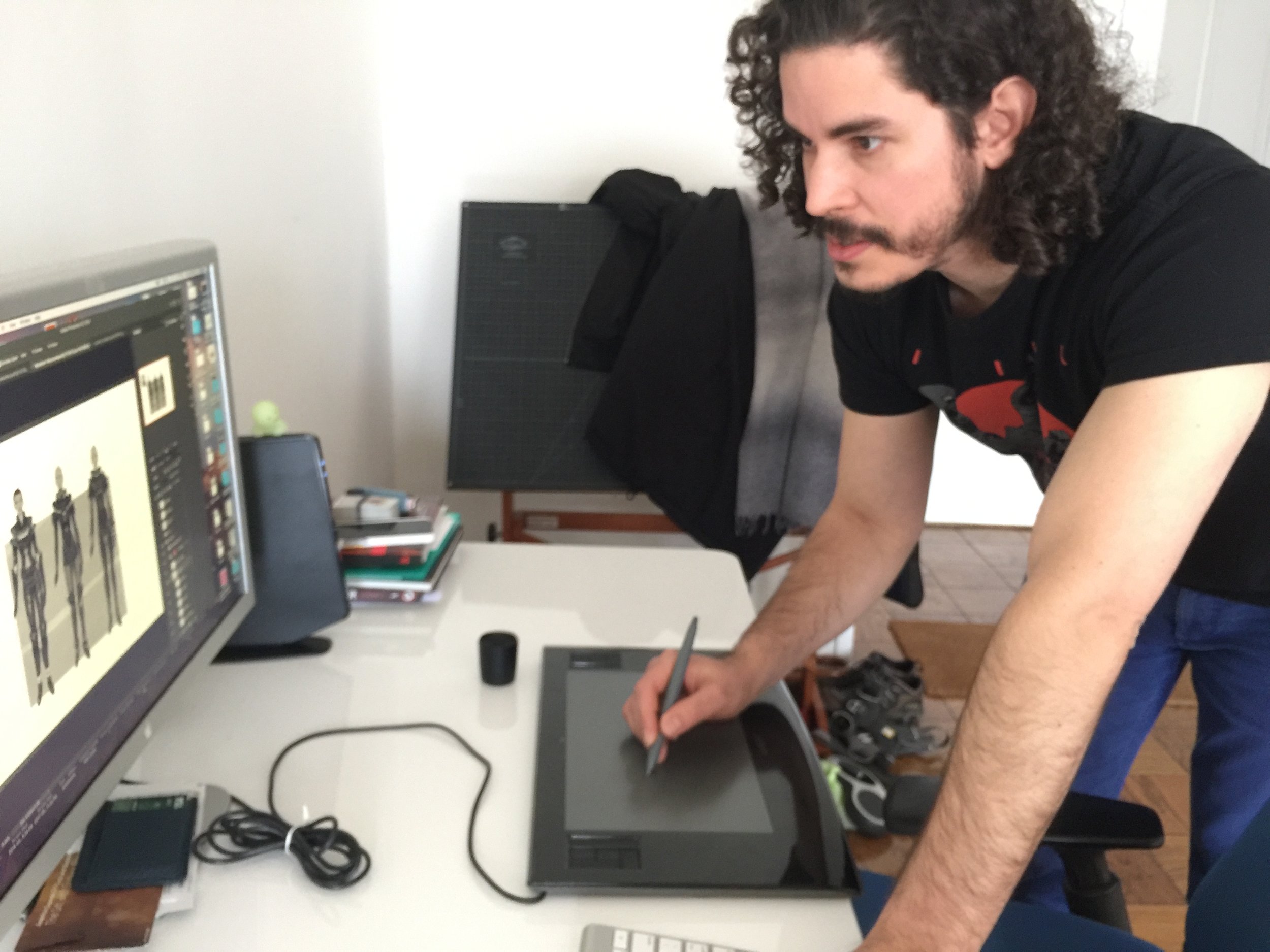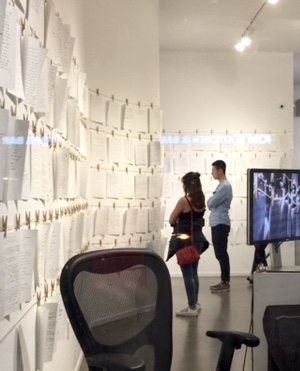I felt I had a festive start for our conversation. Betsy was wearing a turquoise blouse, turquoise necklace and bracelet. “So what are your favorite colors?” I said. She got me with her surprising answer, “beige and brown.” That night Betsy sat up in bed writing down the names of the famous people who had populated her world in the 1940s through the 1970s.
Read morePuertoriqueña - A New Soy/Somos Conversation is on its Way
What does it mean to live a large canvas? Betsy Cordero at her 99th birthday celebration last year.


